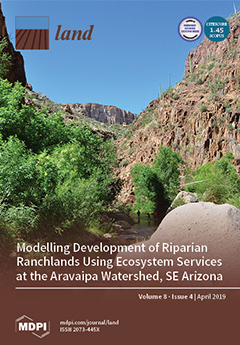Effect of Climate and Agricultural Land Use Changes on UK Feed Barley Production and Food Security to the 2050s
Currently, the UK has a high self-sufficiency rate in barley production. This paper assessed the effects of projected climate and land use changes on feed barley production and, consequently, on meat supply in the UK from the 2030s to the 2050s. Total barley production under projected land use and climate changes ranged from 4.6 million tons in the 2030s to 9.0 million tons in the 2050s. From these, the projected feed barley supply ranged from approximately 2.3 to 4.6 million tons from the 2030s to the 2050s, respectively.









